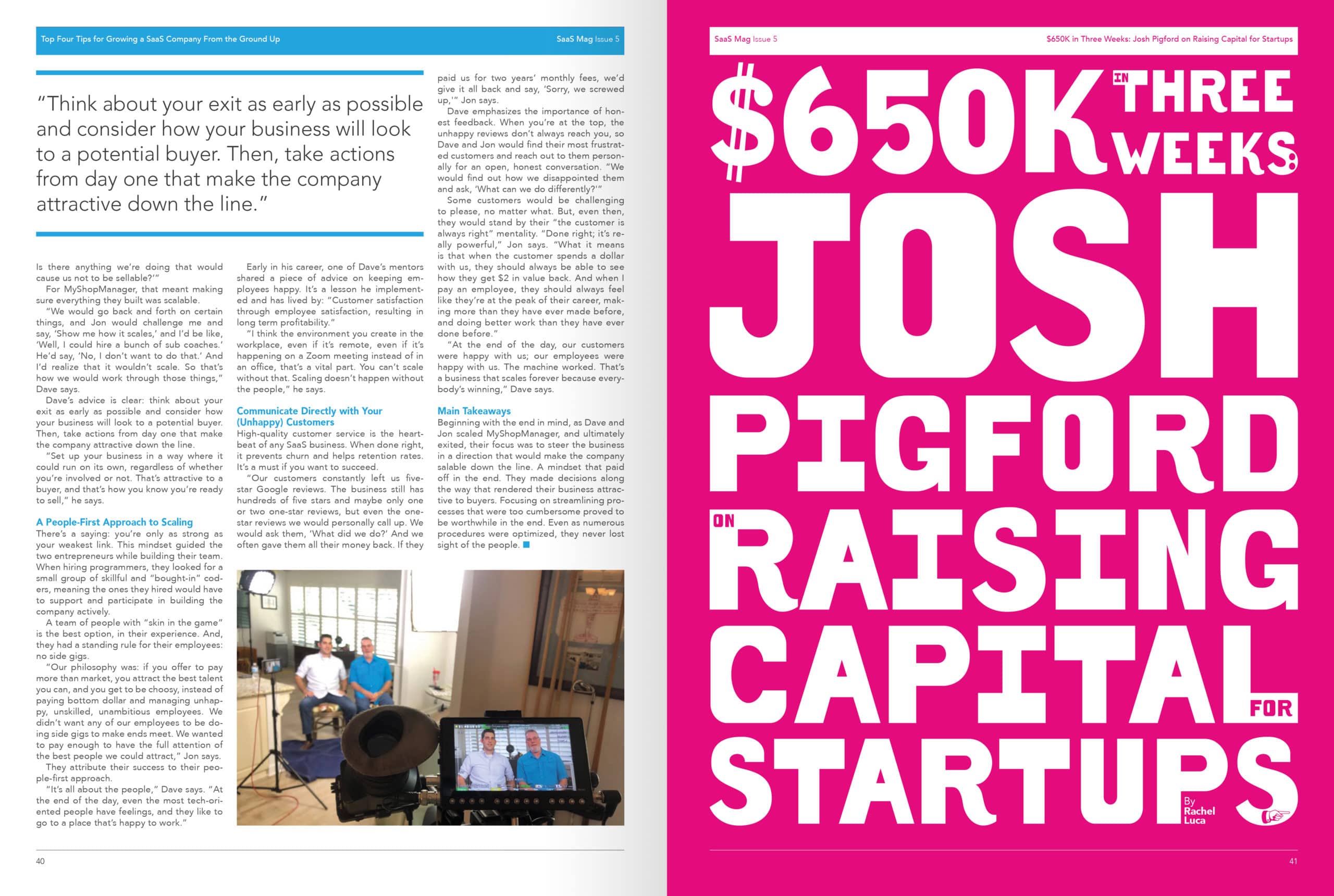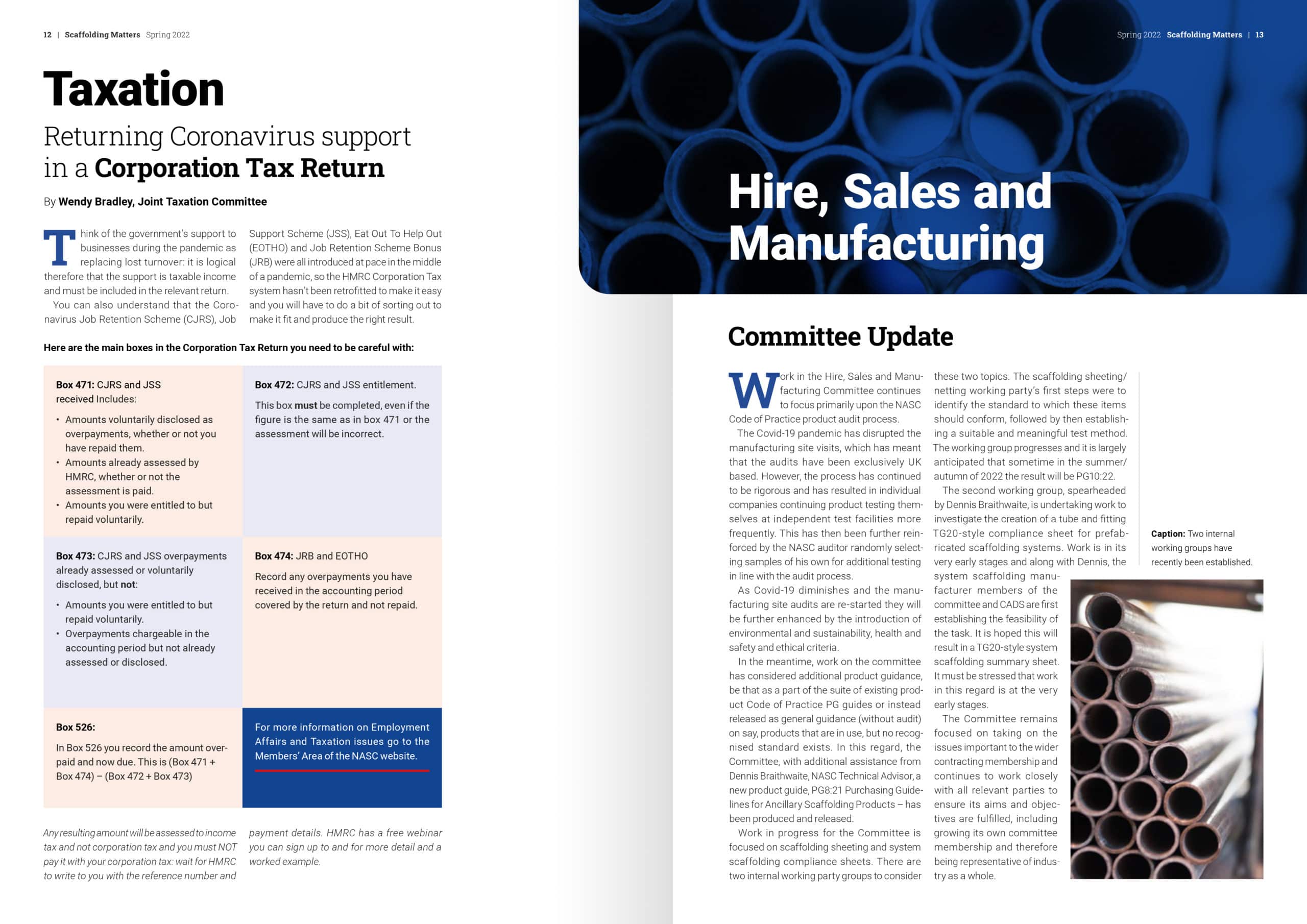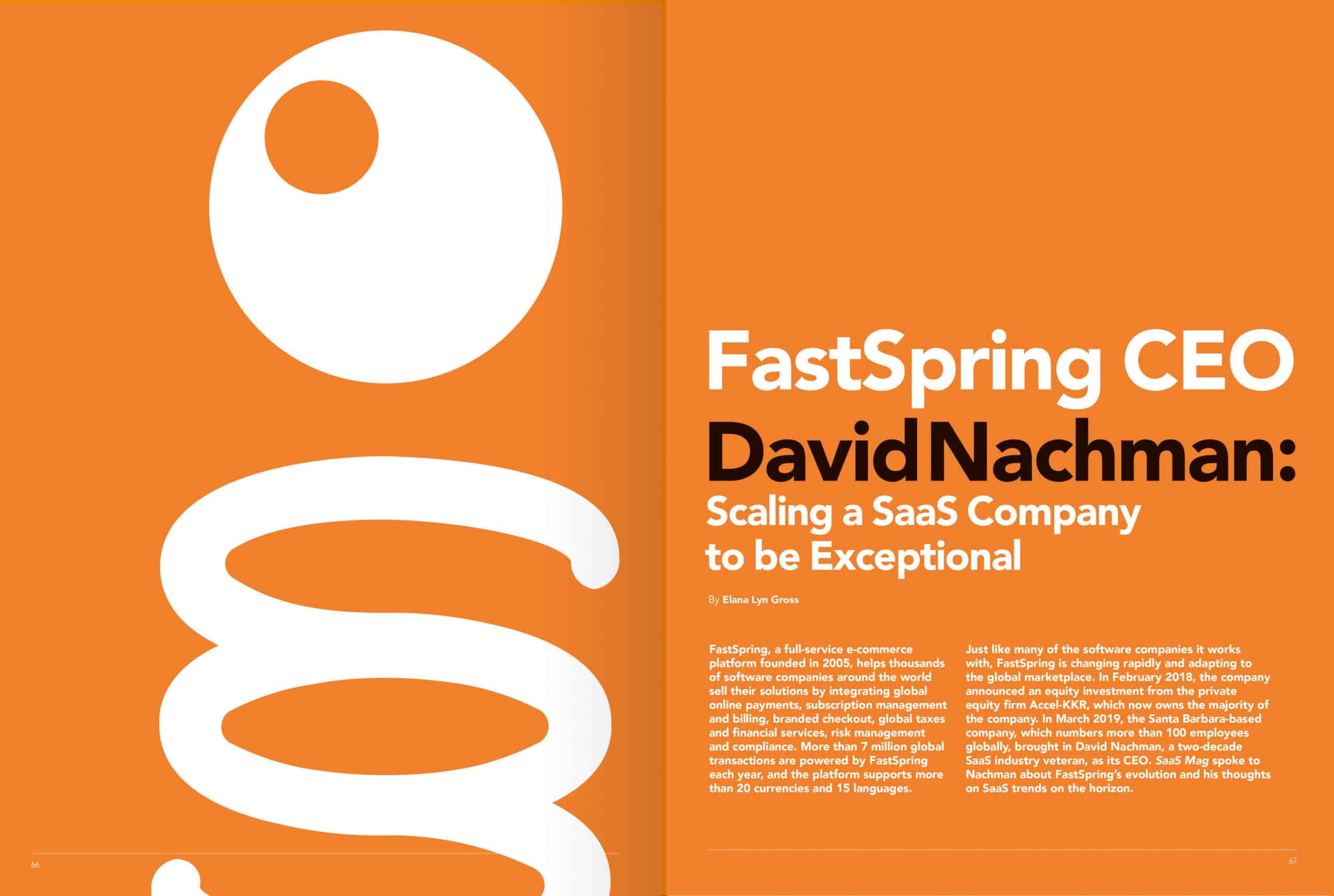If you want a magazine designed, here are some tips on the planning and initial stages of the project.
We have experience designing magazines, but there’s more to putting a magazine together than just the design stage.
Here are some points to consider when planning your magazine.
- Target audience: Identify the demographic group you want to reach with your magazine.
- Content: Determine the content that will appeal to your target audience.
- Design: Decide on the overall aesthetic and layout of the magazine.
- Frequency: Determine how often the magazine will be published (monthly, bi-monthly, etc.).
- Distribution: Identify where and how the magazine will be distributed.
- Advertising: Consider how you will generate advertising revenue.
- Budget: Create a budget that includes all expenses for creating and distributing the magazine.
- Staffing: Determine how many people you need to produce the magazine and their roles.
- Legal: Consider legal considerations such as copyright, trademark, and defamation laws.
- Marketing: Create a marketing plan to promote the magazine and attract readers and advertisers.
Before you commission a professional magazine design agency to work on the design of your publication, it’s worth ensuring you have all of the elements below in check.
Target audience: Identify the demographic group you want to reach with your magazine.
There are several ways to identify the demographic group you want to reach with your magazine:
- Market research: Conduct surveys or focus groups to gather information about your potential readers’ demographics, interests, and habits.
- Analyse existing data: Look at data from your current readership or similar magazines to get an idea of the demographics of your target audience.
- Industry research: Look at industry reports and statistics to identify demographic trends in your specific niche or industry.
- Social Media: Use analytics tools to see who is following your social media accounts and their demographics.
- Competitor analysis: Look at your competitors’ readership demographics to get an idea of who is interested in your magazine’s topic.
- Surveying your website: Use tools like Google Analytics to understand the demographics of visitors to your website.
- Marketing Segmentation: Segment the market based on demographics, psychographics and behavioristics.
Once you have identified the demographic group you want to reach, you can tailor your magazine’s content, design, and marketing efforts to appeal to that specific audience.

Content: Determine the content that will appeal to your target audience.
You’ll probably already have a good idea about the target audience for your magazine.
Most of our magazine design clients have a specific niche they are writing and publishing for, but this point is important if your magazine is a concept or in the very early stages.
There’s a big difference between producing a magazine for an existing readership and creating one from scratch for a potential readership.
Design: Decide on the overall aesthetic and layout of the magazine.
To decide on the overall aesthetic and layout of a magazine, follow these steps:
- Determine your target audience and what they expect.
- Analyze the look of similar magazines and see what works.
- Decide on a colour scheme and typography style.
- Think about the balance between images and text.
- Plan the overall structure of the magazine, including page numbers and articles.
- Use a consistent layout throughout the magazine.
- Test and adjust as needed.
This is something that we can help you with as magazine designers. You may have an existing corporate identity to follow or be creating something brand new, we can help you either way.
Frequency: Determine how often the magazine will be published (monthly, bi-monthly, etc.).
To determine the frequency of publishing a magazine, consider the following factors:
- Content availability – determine if you have enough material to publish regularly.
- Target audience – what is the typical frequency that they expect a new issue?
- Budget – Can you afford to publish frequently?
- Staff capacity – do you have enough staff to regularly produce and distribute the magazine?
- Competition – what is the typical frequency of other similar magazines?
- Long-term goals – determine if frequent publishing supports your overall goals. Based on these factors, choose a frequency that works best for your magazine, such as monthly, bi-monthly, quarterly, etc.
This changes depending on the type of magazine project – if it’s a staff magazine, it may be smaller and published monthly. A scientific journal may be quarterly.
Distribution: Identify where and how the magazine will be distributed.
Distribution can be physical or digital. Here are some things to think about:
- Identify target audience: Know who you want to reach.
- Choose distribution channels: Physical stores, online stores, subscription services, direct mail, etc.
- Research distribution options: Consider cost, reach, and ease of distribution.
- Negotiate distribution deals: Reach out to potential distributors and negotiate terms.
- Set up distribution systems: Ensure smooth and efficient distribution of your magazine to all channels.
- Monitor and evaluate: Keep track of sales and distribution performance and make changes as needed.

Advertising: Consider how you will generate advertising revenue.
The more respected your publication is, the more you can charge for advertising space.
- Know your target audience: Determine who is most likely to buy advertising space.
- Research rates: Look at comparable magazines and determine appropriate advertising rates.
- Create a media kit: Provide potential advertisers with information on your audience, distribution, and ad sizes/pricing.
- Reach out to potential advertisers: Network, email, and attend events to connect with potential advertisers.
- Sell ad space: Negotiate and close deals with advertisers.
- Provide value: Ensure advertisers get the best possible return on their investment by providing value-added services.
- Monitor and evaluate: Regularly assess the performance of your advertising efforts and make changes as needed.
- Diversify revenue streams: Consider offering sponsored content, events, and other monetization opportunities.
It’s crucial to keep an eye on copy deadlines for adverts; a missing full-page advert can cause issues with the pagination of the publication.
Budget: Create a budget that includes all expenses associated with creating and distributing the magazine.
- Content creation: Writer fees, photographer fees, illustration costs, etc.
- Design and layout: Graphic design fees, layout software, stock images, etc.
- Printing and distribution: Printing costs, shipping and handling, storage, etc.
- Marketing and promotion: Advertising, direct mail, events, public relations, etc.
- Office expenses: Rent, utilities, office supplies, etc.
- Salaries and benefits: Staff salaries, taxes, insurance, etc.
- Equipment: Computers, software, cameras, etc.
- Miscellaneous: Legal and accounting fees, travel expenses, memberships, etc.
- Reserve fund: Set aside funds for unexpected expenses or lean months.
- Revenue sources: Subscriptions, advertising, design of advertising, sponsored content, etc. Add up all estimated costs for each category and create a detailed budget. Revisit and adjust the budget regularly as your magazine grows and expenses change.
Staffing: Determine how many people you need to produce the magazine and their roles.
The number of people needed to produce a magazine will depend on the size and scope of the publication. Here are some of the common roles in a magazine production team:
- Editor-in-Chief: Oversees content and sets the tone and direction of the magazine.
- Art Director: Designs the visual look and feel of the magazine.
- Writers: Create written content for the magazine.
- Photographers/Illustrators: Provide images for the magazine.
- Graphic Designer: Lays out the pages and creates visual elements.
- Marketing/Sales Manager: Promotes the magazine and sells advertising space.
- Circulation Manager: Oversees distribution and subscriptions.
- Production Manager: Coordinates the production process and ensures the timely delivery. The exact number of people needed for each role will depend on the size of the magazine and the workload of each role. Some smaller magazines may have individuals who perform multiple roles.
Legal: Consider legal considerations such as copyright, trademark, and defamation laws.
- Copyright: Ensure you have permission to use all materials, including text, images, and graphics.
- Trademark: Avoid using trademarks without permission to avoid trademark infringement.
- Defamation: Be cautious when writing about individuals or companies, and avoid making false or harmful statements that could lead to a defamation lawsuit.
- Right of privacy: Respect the privacy rights of individuals, and avoid publishing information that is considered private or confidential.
- Libel: Libel refers to false written statements that harm a person’s reputation. Avoid publishing false or misleading information.
- Contract law: Have clear contracts with writers, photographers, and others to avoid disputes over compensation and rights to the content.
- Advertising law: Ensure that all advertisements meet legal requirements, including truth in advertising and disclosure of sponsored content.
- Intellectual property: Be aware of intellectual property laws, such as patents and trademarks, and avoid infringing on others’ rights. It’s advisable to consult with a lawyer who specializes in media law to ensure that your magazine complies with all legal requirements.

Marketing: Create a marketing plan to promote the magazine and attract readers and advertisers.
- Content Marketing: Create valuable, shareable content that appeals to your target audience, such as articles, blog posts, and social media posts.
- Email Marketing: Build an email list of subscribers and send regular newsletters to promote new issues and content.
- Social Media: Utilise social media platforms such as Facebook, Instagram, and Twitter to reach and engage with your target audience.
- Advertising: Place advertisements in relevant publications, websites, and social media channels.
- Influencer Marketing: Partner with influencers who reach your target audience to promote your magazine.
- Events: Host or participate in events that align with your magazine’s focus to engage with readers and attract new audiences.
- Direct Mail: Send promotional materials and samples to potential subscribers and advertisers.
- Public Relations: Utilize public relations tactics to generate media coverage for your magazine.
- Giveaways and Contests: Offer free copies of your magazine or host contests to generate interest and encourage engagement.
- Referral Marketing: Encourage current subscribers and advertisers to refer their friends and colleagues to your magazine.
Copyright Compliance
- Obtain Permissions: Ensure you have permission to use all materials, including text, images, and graphics that are not your original creations.
- Proper Attribution: Give proper credit to the creators of any content you use in your magazine.
- Public Domain and Fair Use: Understand the concepts of public domain and fair use, which can allow you to use certain content without permission under specific circumstances.
Trademark Usage
- Obtain Permission: Avoid using trademarks without proper authorisation to prevent trademark infringement claims.
Defamation and Libel
- Factual Accuracy: Ensure that the information you publish is factually accurate and well-supported.
- Avoid False Statements: Steer clear of making false or misleading statements about individuals or companies.
- Right of Privacy: Respect the privacy rights of individuals, avoiding the publication of private or confidential information.
- Libel Prevention: Regularly fact-check your articles and content to prevent any unintentional libel.
Contracts and Agreements
- Clear Agreements: Create clear contracts specifying the terms of work, compensation, and rights to the content.
- Work for Hire: Understand and define the concept of “work for hire” when applicable, which may grant you ownership of content created for your magazine.
Advertising Laws
- Truth in Advertising: Ensure that all advertisements meet legal requirements for truth in advertising, accurately representing the products or services being promoted.
- Sponsored Content Disclosure: Clearly disclose sponsored content to your readers. Transparency is essential.
Intellectual Property
- Patents and Trademarks: Avoid infringing on others’ patent and trademark rights.
- Original Creations: Protect your magazine’s original content and design with appropriate intellectual property measures.
